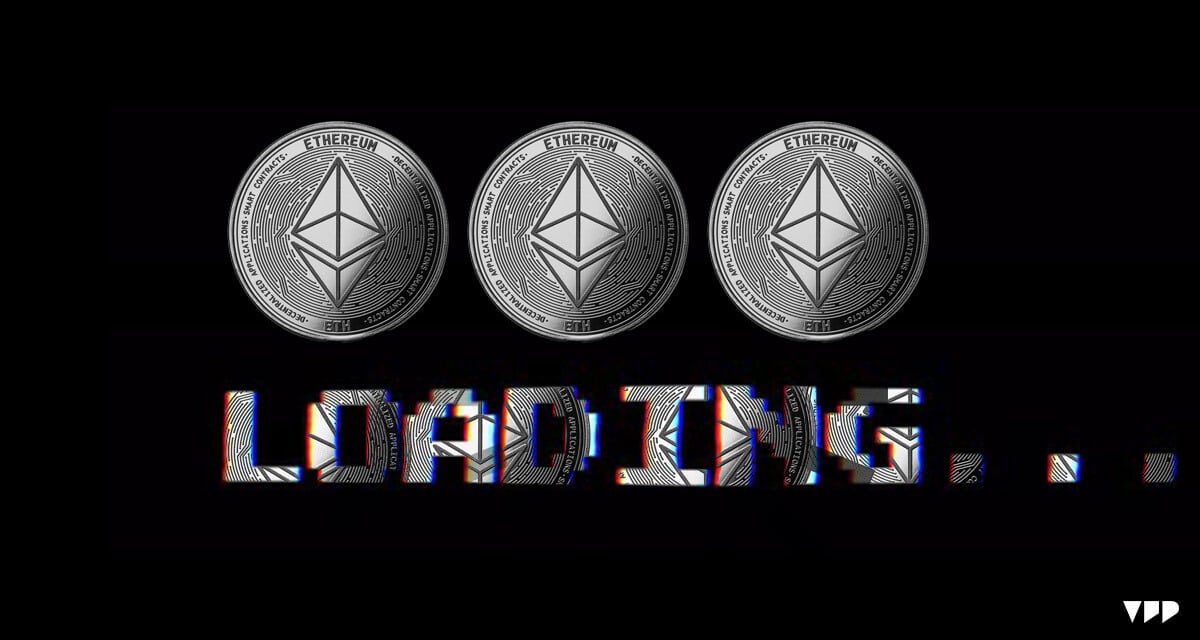Ethereum completes transition to proof-of-stake
The Future. Ethereum, the second largest blockchain in the world, completed its transition to a more energy-efficient protocol called “proof-of-stake” yesterday, reducing its annual carbon dioxide output to that of nearly 100 average homes. That’s an amazing development that could make crypto a far more sustainable industry, saving it from global condemnation. Now, only one major blockchain is still using the old “proof-of-work” protocol: the OG crypto itself, Bitcoin.
Cool it all down
According to The Verge, Ethereum has completed “The Merge.”
- The Merge was the Ethereum network’s much-hyped transition from a proof-of-work protocol to a proof-of-stake protocol.
- In layman’s terms, that means that miners don’t have to complete energy-sucking computational puzzles to support Ethereum transactions.
- Instead, a validator of a transaction just needs to “stake” the amount until the transaction is completed.
- Per the Crypto Carbon Ratings Institute, by moving to a proof-of-stake protocol, the Ethereum network is reducing its entire energy usage by 99.988% — from 23 million megawatt-hours per year to 2,600 megawatt-hours per year. Massive.
- That greatly reduces Ethereum’s greenhouse gas emissions — from 11 million tons of CO2 a year to roughly 870 tons. Again, massive.
Strangely, there are Ethereum miners who are trying to resist the change and keep the original proof-of-work blockchain running. In order for that to happen, the new token tied to that blockchain has to be valuable enough to make the energy-expenditures worth it.
As of right now, that doesn’t look like it’s going to be the case.
TOGETHER WITH CANVA
No design skills needed! 🪄✨
Canva Pro is the design software that makes design simple, convenient, and reliable. Create what you need in no time! Jam-packed with time-saving tools that make anyone look like a professional designer.


